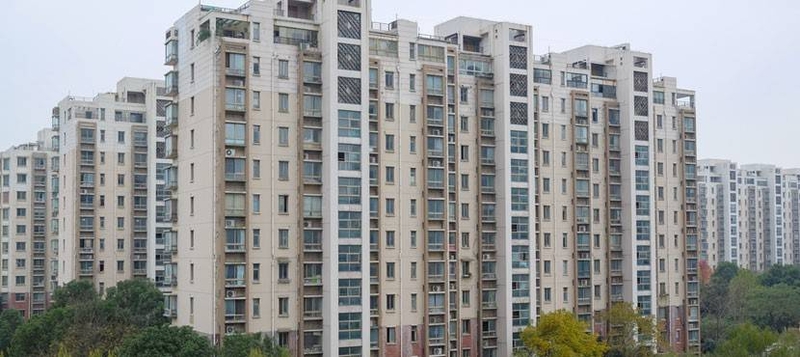House prices beyond affordability of most Malaysians

KUALA LUMPUR: Most Malaysians cannot afford to buy newly launched houses, as the average price of new properties is nearly 48% higher than the maximum affordable house price in Malaysia.
In addition, about 73% of unsold properties in the country are also not affordably-priced, according to Bank Negara director of financial surveillance Qaiser Iskandar Anwarudin.
The comment by the central bank official came amid the government’s increased efforts to push for affordable home-ownership among Malaysians.
According to Qaiser, houses in Malaysia are considered “seriously unaffordable” by international standards.
“Housing unaffordability remains a major hurdle for people intending to own a house.
“The nationwide maximum affordable house price is RM282,000 based on the household median income. However, the average price of new properties launched is RM417,262, proxied by the average transaction value in the primary market, ” he told reporters during a media briefing yesterday.
Qaiser said that housing affordability issues spanned across Malaysia, particularly in Kuala Lumpur, Selangor, Penang and Johor.
“In Kuala Lumpur, for example, the actual house price median is RM793,000 while the maximum affordable level is RM454,000, ” he pointed out.
Meanwhile, in terms of unsold properties, Negri Sembilan has the most unaffordable unsold properties. For context, about 92% of unsold units in the state are priced above the maximum affordable house price.
The other states in the top-five ranking are Sarawak (90%), Penang (85%), Selangor (76%) and Kelantan (72%).
Amid the high housing price dilemma in Malaysia, Qaiser said there were some positive developments, offering hope for improved affordable home-ownership.
“Based on the Malaysian house price index, house price growth has been on a moderating trend.
“At the same time, we are also seeing a gradual rebalancing of the new property launches. There is now a higher proportion of new launches that are priced below RM300,000.
“These developments would help to address some of the issues in the property market. Notwithstanding that, we see this as something that would take time to adjust, ” he said.
Contrary to common criticism that banks in Malaysia do not provide adequate end-financing for home purchase, Qaiser said “banks continue to firmly support home-ownership”.
Between January and August 2019, banks disbursed RM113bil in housing loans, benefiting 260,000 borrowers.
“The average number of borrowers in the January-August period in 2016 to 2018 was 248,000, ” he added.
Bank Negara’s data showed that out of the 260,000 borrowers, a total of 127,000 borrowers or 49% were first-time home buyers.
However, a further breakdown revealed that only about 18.5% or 48,000 first-time borrowers were those who purchased homes below RM300,000.
High and unaffordable house prices, particularly post-2011, have been a key reason for the elevated household debt level in Malaysia.
For perspective, Malaysia's house price-to-household annual income was 3.9 times in 2012. However, in just a span of four years, the ratio had increased to 4.8 times as of 2016.
Based on Bank Negara’s data, Malaysia’s household debt level is among the highest in Asia and has even exceeded several high-income nations such as the United States, Japan and Singapore.
Housing loans, while representing wealth accumulation, are the prime reason for the high indebtedness among Malaysian households, with about 54.4% of the country’s household debt having been acquired to purchase homes.
Qaiser said “recent growth in debt has been more aligned with income growth”.
As at end-June 2019, Malaysia’s household debt stood at 82.2% of gross domestic product (GDP) as compared to its peak of 86.9% in 2015.
The household debt-to-GDP ratio in the US and Japan are 75% and 58.2%, respectively. Singapore’s debt level is at 53.6%
Meanwhile, Indonesia’s household debt-to-GDP ratio is 16.9%. The Philippines has a lower household indebtedness of only 9.5%.
While the Malaysian household debt level remains high, albeit in moderation in recent years, Qaiser said that the financial position of Malaysian households continued to be resilient.
“On aggregate, households continue to be resilient with their financial position remaining intact, “ he said.
He pointed out that the Malaysian household loan impairment ratio has improved to 1.3% as compared to the five-year average of 1.5%. The household debt servicing ratio is also low at 36%, while supported by a high level of asset wealth at 4.1 times of the asset-to-debt ratio.
On the liquid financial asset-to-debt ratio, Qaiser described it as “ample” at 1.5 times.
"However, certain segments remain more vulnerable to shocks, particularly those earning below RM5,000 per month, ” he said.
